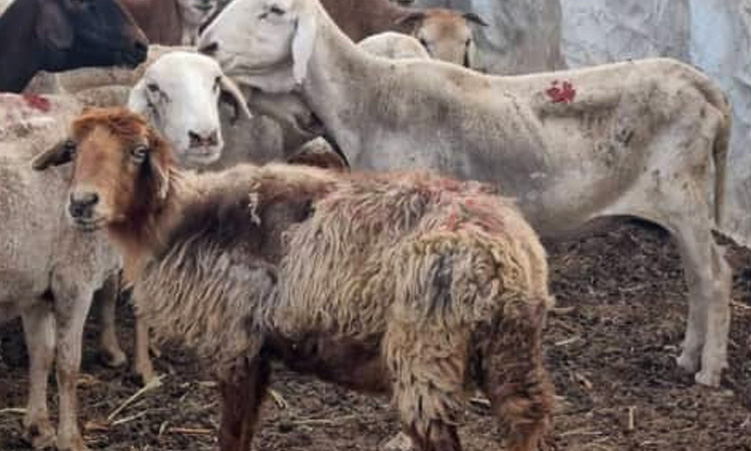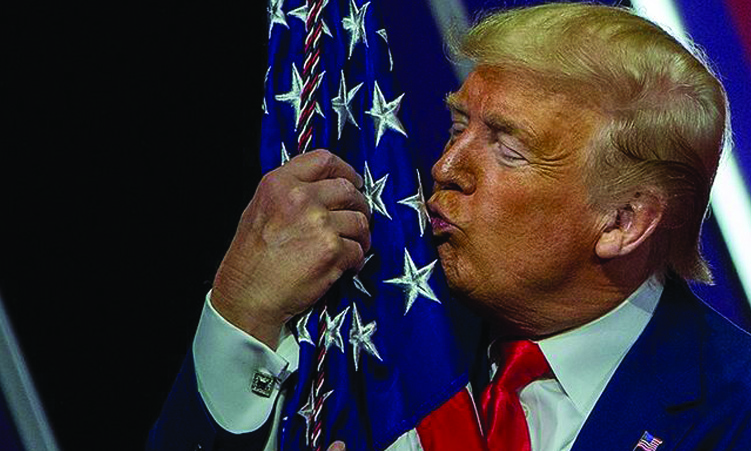PHOENIX — In 2008, a thriving company named Science Care Inc developed a 55-page national expansion plan. The internal document projected the yield on raw material to the decimal point and earnings to the dollar.
The goal: to maximise profits from the sale of human bodies donated to science. The company’s model for ensuring quality: McDonald’s Corp.
Science Care founder Jim Rogers aimed to provide customers with the same cuts from cadavers, no matter which Science Care branch handled the order. That’s why he cited production methods perfected by Ray Kroc, the visionary who turned a hamburger stand into a fast-food empire, said an executive who worked closely with Rogers.
“He used the McDonald’s analogy that no matter where you go, you get the exact same thing,” the executive, former quality assurance director John Cover, said in a 2009 sworn statement.
“It was all about quality,” Cover said in a recent interview. “When you get a Big Mac, it’s going to taste like a Big Mac, whether you’re in Louisiana or San Francisco.”
McDonald’s and Kroc got rich selling hamburgers. Science Care and Rogers have made millions from human body parts.
From 2012 through 2014, Rogers and his co-owner, wife Josie, parleyed the donated dead into at least US$12,5 million in earnings, according to internal revenue service audits and court documents reviewed by Reuters.
The two likely earned millions more from Science Care in the dozen years before and after that period. And in 2016, they sold Science Care to a billion-dollar private equity firm. Terms were not disclosed, but the sale included this unusual asset: written pledges from more than 100 000 people to donate their bodies to Science Care when they die.
Last year, Jim and Josie Rogers bought a custom-built aeroplane and two luxury homes near Phoenix. They also own property in Hawaii and near a ski resort outside Telluride, Colorado.
Jim Rogers (49) declined interview requests. In a statement to Reuters, he said he sold Science Care to spend more time with his family. The company bills itself as the “world’s leading whole-body donation programme,” and Rogers credits Science Care with bringing reliability to the industry.
“Through efficiencies, Science Care has managed to lower costs for researchers, thus better fulfilling the wishes of donors to contribute significantly to research,” he said.
Body donation is distinct from organ donation, the lifesaving process that enables surgeons to transplant hearts and kidneys from the recently deceased. It’s also separate from the harvesting of tendons or bones from cadavers to repair joints in the injured or ailing. Those practices are strictly regulated by the US government. Selling organs and other body parts for transplant is against the law.
In contrast, with few exceptions, it is legal for companies such as Science Care to dissect donated bodies and sell or lease the parts, whether torsos, heads or limbs.
“People have these romantic notions that the world is going to be a better place by donating their body,” said Ray Madoff, a Boston College Law School professor who studies how US laws treat the dead. “We don’t think of businesses using bodies to increase their profits.”
Last year, Science Care received about 5 000 bodies from donors, the company said. From 2011 through 2015, the last five years for which public records are available, Science Care received at least 17 000 bodies, and sold or leased more than 51 500 body parts.
The pay-off has proved substantial. Science Care has turned donated bodies into about US$27 million in annual sales, according to a 2017 government filing. That figure includes revenue Science Care generates by hosting medical training seminars, which enable doctors to train on donated bodies. The privately-held company doesn’t disclose its profits.
Medical school officials in Pennsylvania and Florida report that competition from Science Care and other brokers has reduced the number of bodies donated to schools to train students. Science Care markets itself more aggressively than medical schools, they say, and offers donors more favourable terms, such as picking up the body for free.
“We have lost many donations because of them, and we’ve not been able to meet the needs of our schools,” said Clariza Murray of Humanity Gifts Registry, a state agency in Pennsylvania which coordinates the donation process. “We’re seeing six students per donor in a first-year anatomy lab, when it should be three or four students per donor.”
Current Science Care CEO Brad O’Connell said he has received no complaints from medical schools. Science Care’s marketing in Florida and Pennsylvania should help, rather than hurt, schools there, he said, because it raises awareness about body donation.
Although the company’s donor consent forms state that “Science Care is a for-profit company,” they do not explicitly disclose that bodies or parts will be sold.
Gail Williams-Sears, a nurse in Newport News, Virginia, said neither she nor her father realised Science Care might profit when he donated his body before his death in 2013.
John M Williams Jr, who lived for 88 years, served in World War II and the Korean War, earned a master’s degree in social work, and spent decades in the Maryland state government advocating children’s rights.
“Dad was very frugal,” his daughter said. “He thought it was ridiculous to pay a large amount of money to be put in the ground.” His decision to donate his body was also motivated by a lifelong interest in good health, his Christian faith and science fiction books and movies, she said. Whenever he was admitted to hospital, he made sure to bring the donor documents with him, in case he died, his daughter said.
– Nampa-Reuters
Stay informed with The Namibian – your source for credible journalism. Get in-depth reporting and opinions for
only N$85 a month. Invest in journalism, invest in democracy –
Subscribe Now!






